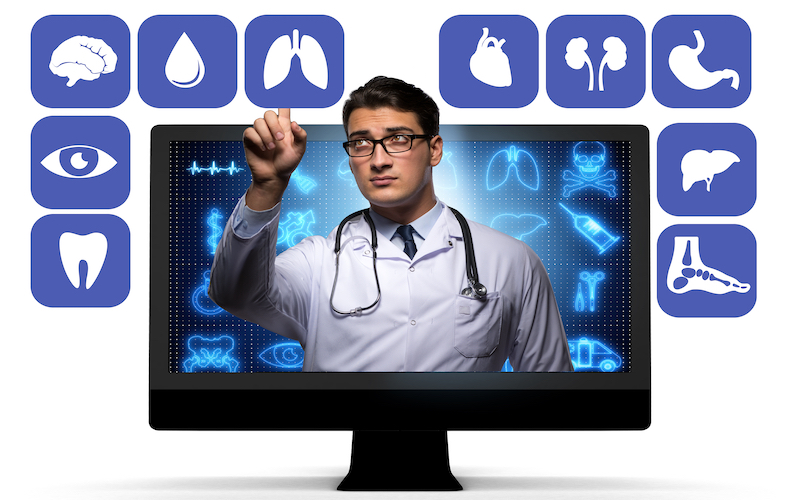
by Debra Row, MA | Mar 13, 2019 | The Practicalities of Training
After putting many years of time and effort into academic coursework and clinical training, the final culmination of the doctoral degree ends in an internship year where students expand their knowledge and training and stretch themselves in infinite ways. Reaching this point assumes that you have had a requisite number of direct clinical service hours that include foundational competencies in intervention or assessment. Since many states allow for pre-doctoral hours to count as supervised clinical experience toward licensure eligibility, considerable attention is paid to issues such as hours, competencies, assessment, and supervision [1]. Indeed, intervention and assessment hours have been found to significantly influence the number of interviews internship applicants receive, suggesting that monitoring the type of clinical training hours you accrue is important throughout pre-internship training [2]. However, one of the inherent challenges many often face in their training experiences is how to acquire more quality face-to-face hours to meet a developmental trajectory and increase competitiveness for internship sites. The pie and bar graphs on Time2Track provide a continuous reminder of how many hours you have completed and how many more you must obtain to increase your...
Continue Reading

by Beata Klarowska, M.S. CCC-SLP | Feb 13, 2019 | The Practicalities of Training
Telehealth is making gains in popularity for providers and clients alike, but the majority of clinical supervision takes place face-to-face. Telesupervision, though, allows for supervisor and supervisee to meet without being in the same room. Here’s a bit more about telesupervision and how it can be helpful for supervisors, supervisees, and training programs. What is Telesupervision? Telesupervision, also known as e-supervision, is defined as the use of video conferencing technologies to supervise graduate students or assistants remotely. Supervisors can utilize video conferencing technologies to meet with students to discuss their objectives, assignments, and caseload, and to provide feedback. Supervision via video conferencing also allows supervisors to observe students working with clients or patients during live online sessions (telehealth sessions). What are the Benefits of Telesupervision for Universities? Telesupervision can help with clinical placements in a cost- and time-efficient manner. It can eliminate barriers such as distance or bad weather conditions that supervisors might face in providing weekly supervision. Telesupervision can decrease travel time from facility to facility, allowing supervisors to focus on supervision itself. It can also help with training...
Continue Reading

by Claire McDonough | Jan 9, 2019 | The Practicalities of Training
During graduate school, my cohort was often posed with the question of how to respond to various ethical dilemmas. It became a running joke to always answer with one of the following: “It depends,” or “Ask your supervisor.” Before I began to see patients, “ask your supervisor” seemed easy enough to do. In reality, supervision can be a complicated process. At the same time, supervision is an amazing resource that can elevate your professional development. Read on for some considerations for getting the most out of supervision from start to finish.
Continue Reading



